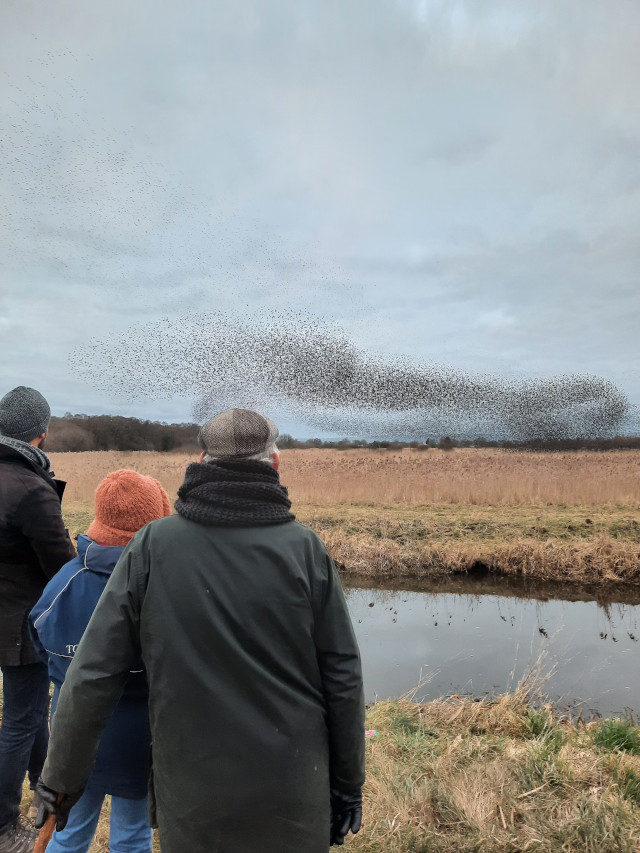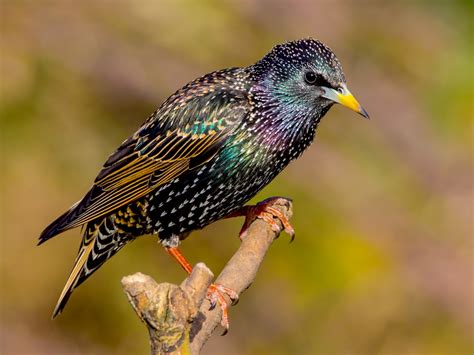On Saturday, having suddenly grown a year older, I was invited by our daughter’s family to lunch, followed by a visit to the Somerset levels to see one of the famous starling murmurations there.
I feel I ought to record my witnessing of what is surely one of the true wonders of nature in the world, even if everything has been said about it before, and it has experienced wildlife photographer overkill. What more can one say but “Wow,” leaving those who have not see a murmuration totally unmoved?
I deliberately didn’t take any photographs for that reason, but my daughter did, so here is your Roving Reporter witnessing part of it and not, as it may appear, generating swarms of gnats from his head.
There is a singular presence in a coordinated body of several hundred thousand birds. A few marsh harriers appeared to be hopelessly confused by the swirling abundance, though in all likelihood they got their supper somehow, without making even a microscopic impact on the numbers.
I guess the difference from some other swarming behaviours – like waders on the Norfolk coast, for example – is the way that the starlings come out of nowhere, flying into empty reed-land from every direction initially in groups of a few tens, then in huge masses of thousands, yet with the occasional individual or small family group. Before long the celebrated cloud is swirling around amid the rustle of a myriad wings, getting progressively closer and blacker as numbers grow.
Yet to me one of the most impressive things is that, turning round from seeing this huge mass of birds, one sees yet another “thousand bomber raid” approaching from afar. It’s the gathering of the clans from, as it appears, the entire world, as much as their flocking behaviour once gathered, that makes the thing so remarkable.
It must have been a bit like that when the US sky was dark with passenger pigeons in the nineteenth century. Witnessing the huge numbers of starlings, it’s hard to believe that hunting alone led to the extinction of the pigeons. The numbers are vaster than one can conceive, let alone reduce with a few 12-bores.
You can explain the flocking by simple algorithms if you like, and wave your hands about the evolution of the murmuration (neglecting to say why only starlings do it of all the many species of British birds). But for me the extraordinary creativeness of eternal Word of God in formulating the particular Law of Sturnus vulgaris lies behind it all. There is beauty, and there is purpose.
What more can I say? Maybe one of the wonders is the contrast of a world-class phenomenon with the reputation of the starling as a sparkly, but annoying and even verminous urban bird. I don’t think us townies had any idea of the species’ abilities when I first recognised them from Dad’s Observers Book of Birds as a small child. I heard them imitate other species outside our living room window between their own noisy squawking, and I was once impressed by the incongruity of seeing a tree full of them in Central London. But I never knew as a kid what a galaxy forms when they leave the suburban gardens for their winter festivities.


